One of the big projects I wanted to tackle as part of the new farm design was finding a way to attract as many pollinators as possible to help with seed production and increase the overall life and biodiversity here on the farm.
When it comes to pollinators, honeybees usually get all of the credit, but there are so many other hard-working creatures that aid in the important task of pollination, including bumblebees, honeybees, native bees, wasps, hornets, flies, moths, butterflies, and even birds.
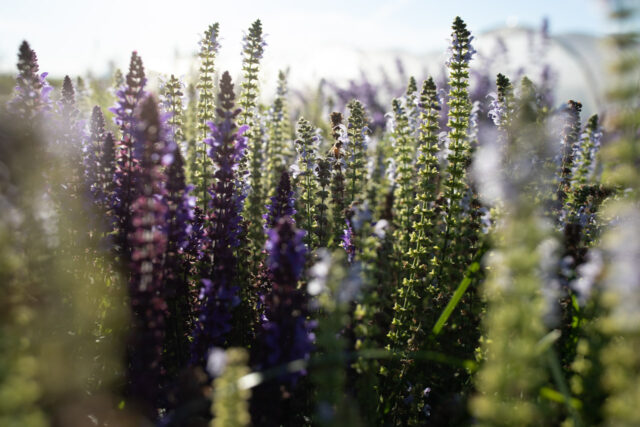
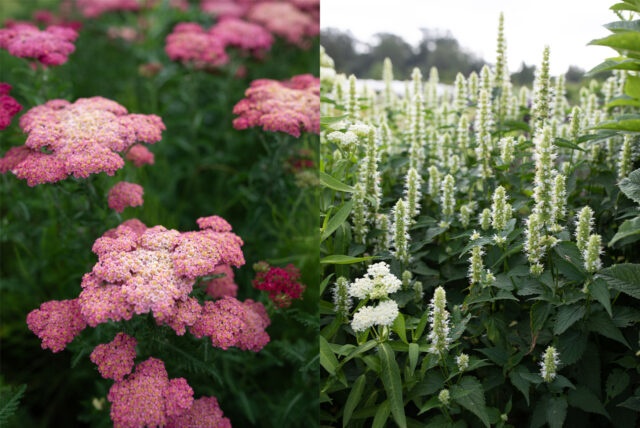
So often when you see pictures of a pollinator-friendly garden it’s typically a jumble of color and feels chaotic and messy. While that effect is fitting in a wild, meadow-like setting, it’s not very suitable for a more curated garden.
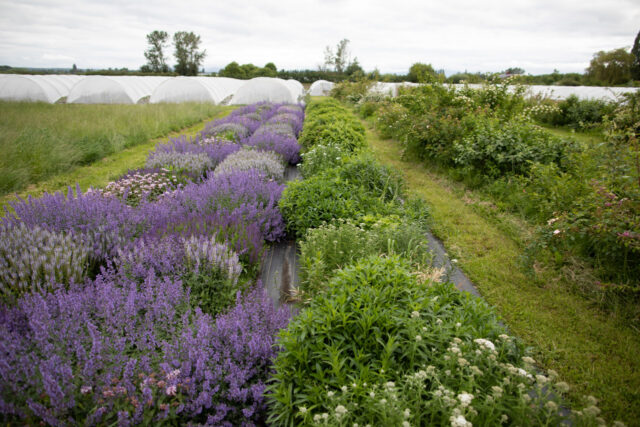
The first step in this experiment was to source as many easy-to-grow pollinator-friendly perennials as I could find. Rather than investing in large plants, I instead opted to order plugs, which are smaller plants, usually sold in trays of 32 to 50.
Buying smaller plants in bulk was the most affordable option and necessary given the scale of the project.
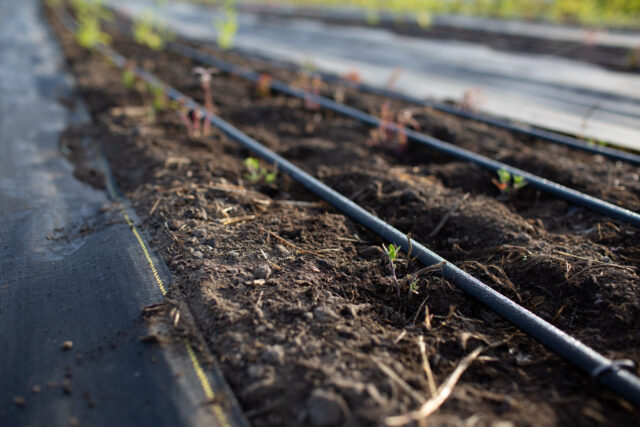
When making my selections, I ordered everything that was noted as being attractive to pollinators and also easy to grow. I tried to select plants that had softer, more muted colors, rather than really bright and bold selections.
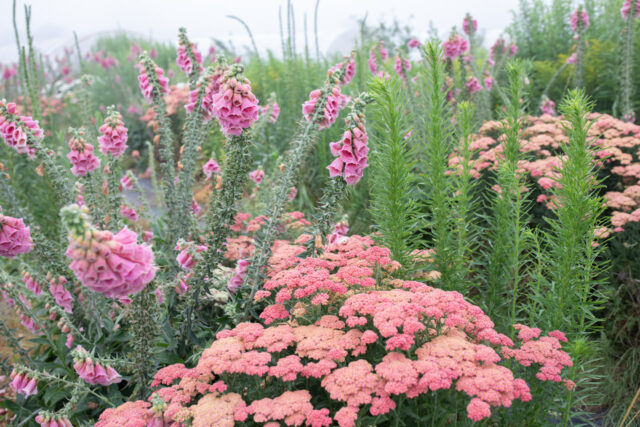
If you don’t already have Piet’s books, they are all really wonderful, but my favorite is Planting the Natural Garden.
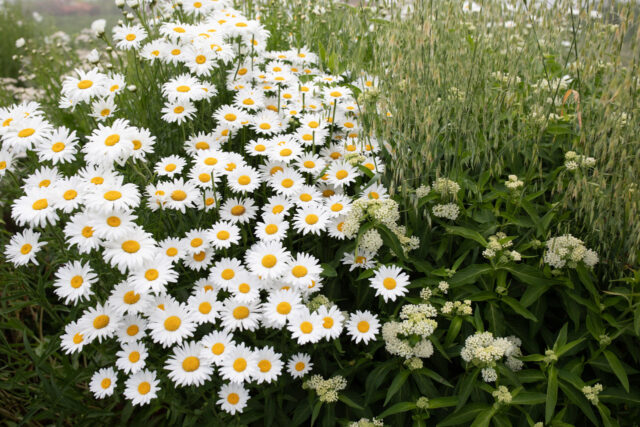
In the end, we settled on seven different color and plant combinations.
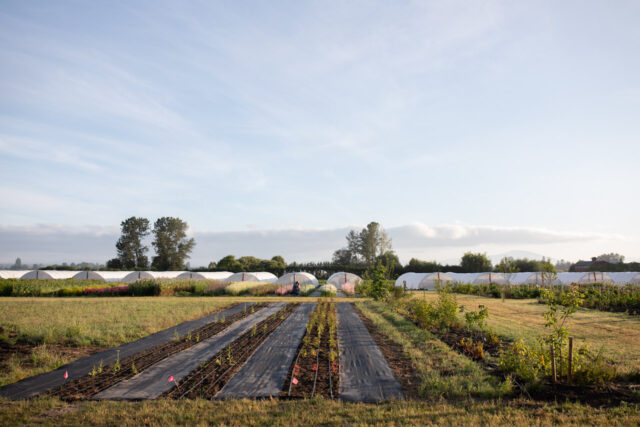
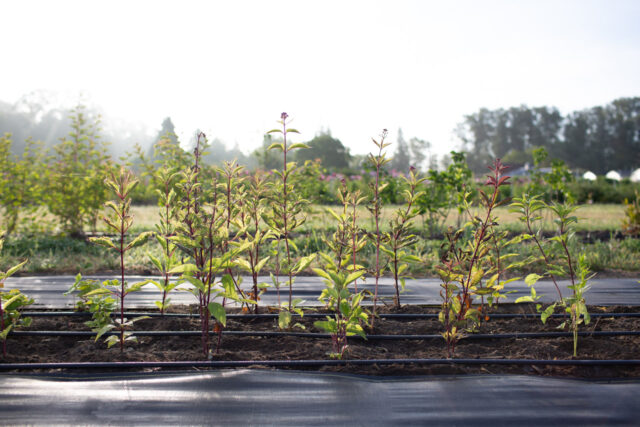
Each pollinator strip is roughly 3 ft wide and about 80 ft long with a 2 ft wide landscape fabric-covered path. Once the beds were prepared, Becky laid out all of the baby plants according to her designs and we followed behind tucking them into the ground.
We chose to space plants quite closely together (roughly 8 to 9 in) because we wanted them to establish quickly, essentially forming a living carpet so that they would be able to compete with the heavy weed pressure we have here on the farm.
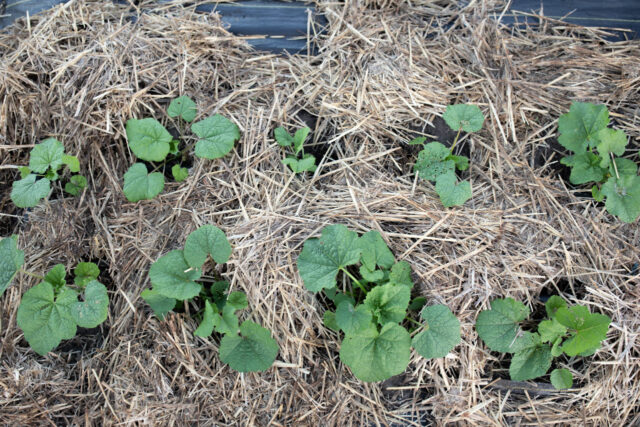
Instead, we covered the bare soil around the young plants with a layer of straw mulch to keep the weeds at bay while they established. Shortly after planting, we laid down four lines of drip irrigation and watered plants deeply twice a week whenever there was no rain. Plants went into the ground in late March, and to my surprise, by July most were in full bloom and nearly filled in.
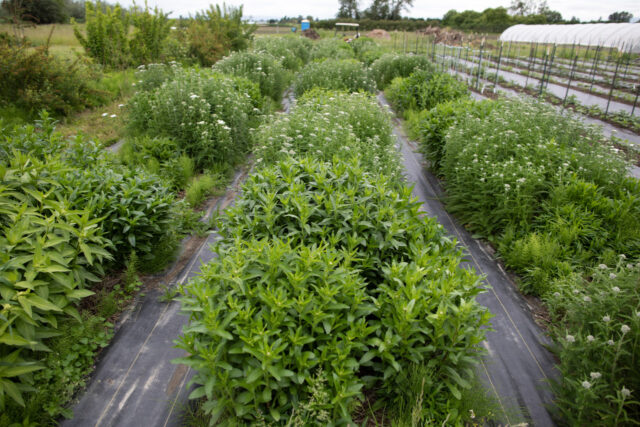
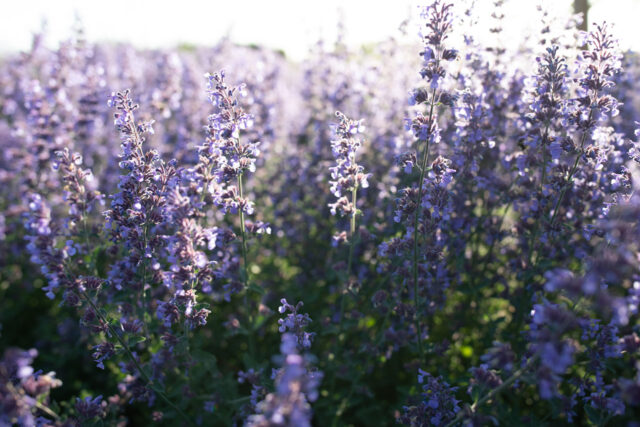
Some planting schemes fared better than others, and I have plans to recombine the strongest performers from each into some new plantings to see if I can perfect the plant combinations.
Of all the plants that were part of this project, my very favorites were the yarrow, asters, agastache, nepeta, salvia, milkweed, Joe Pye weed, echinacea, and goldenrod. All of these plants were vigorous, filled in quickly, and didn’t have any major pest pressure.
Plus, the pollinators adored them.
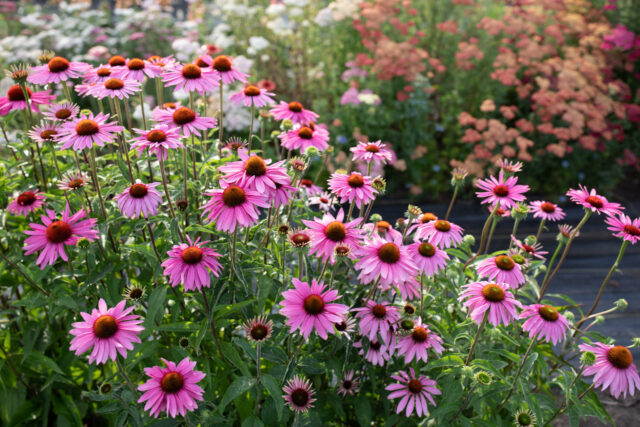
Below you’ll find a little more information about some of my favorite planting schemes.
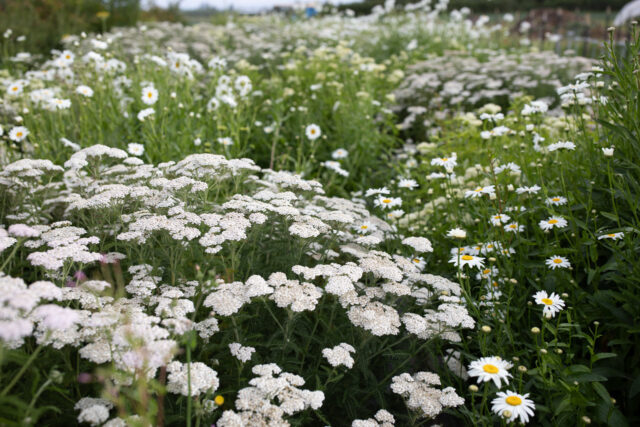
This strip included echinacea ‘White Swan’, Shasta daisy ‘Alaska’, common yarrow, milkweed ‘Ice Ballet’, and perennial asters.
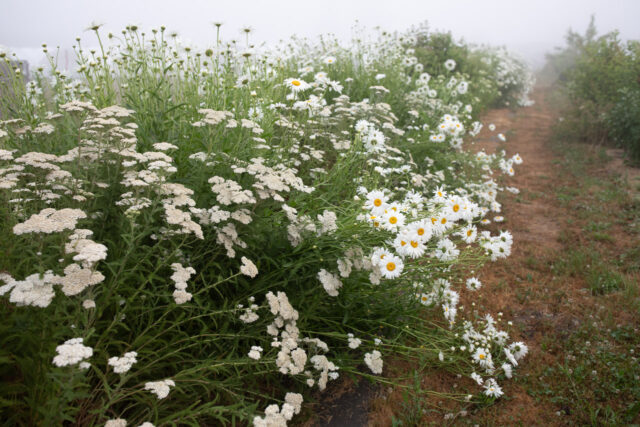
While the floral display waned more quickly than I had hoped, this particular pollinator strip was a favorite with songbirds in the fall and winter so it still has a ton of merit in my book.
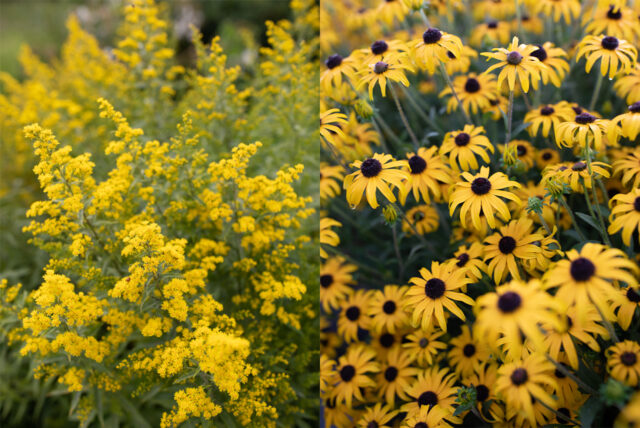
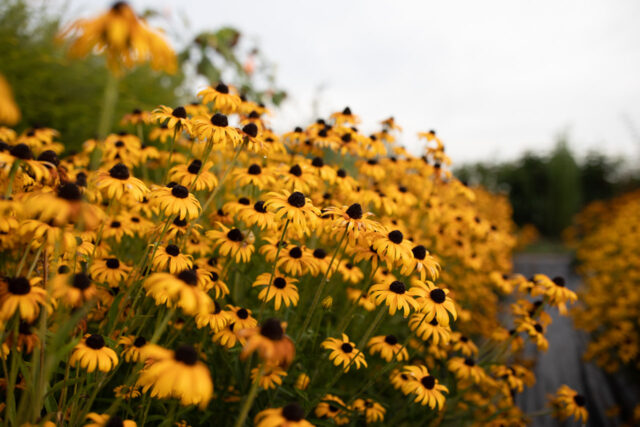
Of all the pollinator strips, this one was the most attractive to pollinators, especially wasps, native bees, and flies.
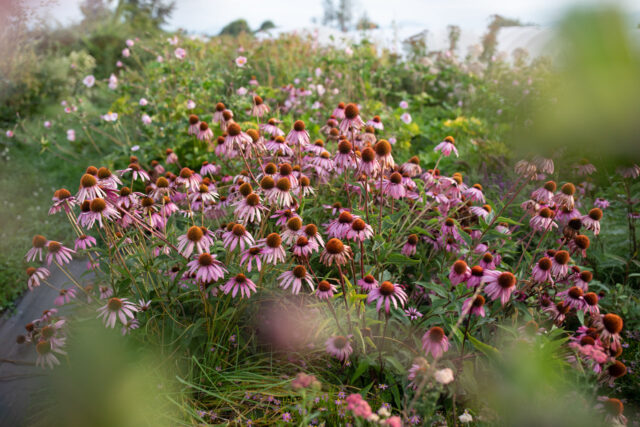
It included yarrow ‘Sassy Summer Taffy’, pink tickseed, echinacea ‘Magnus’, milkweed ‘Cinderella’, Japanese anemone ‘September Charm’, agastache ‘Blue Boa’, and bee balm ‘Grape Gumball’.
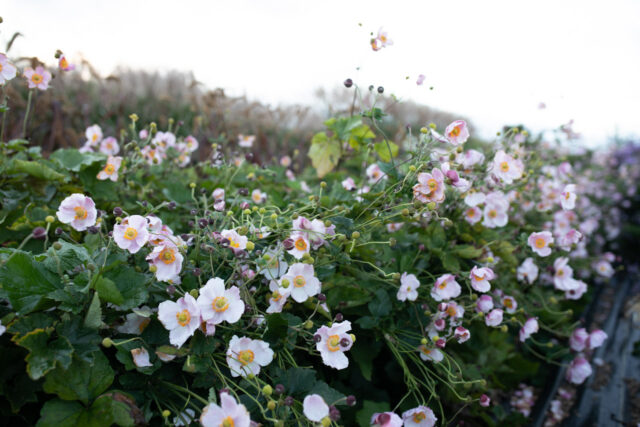
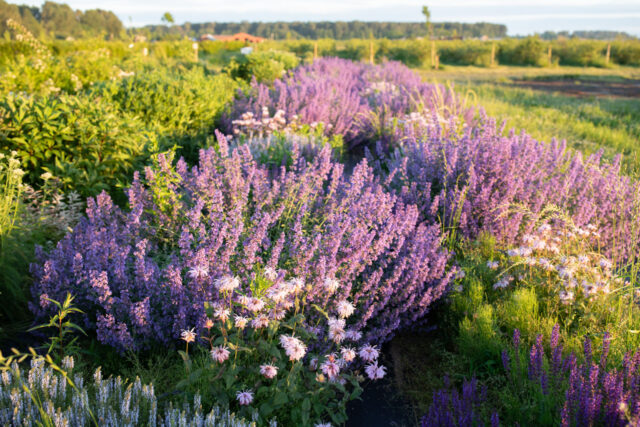
Because all of the plants included in it had a more compact habit, they stayed upright without any support. The varieties bloomed in a nearly perfect succession from early May through September and whenever I stood next to it, it was literally humming with life!
If I were to recommend one planting scheme of the seven, this is my very favorite and we’ve put together a printable planting plan and plant list which you can download at the bottom of this post.
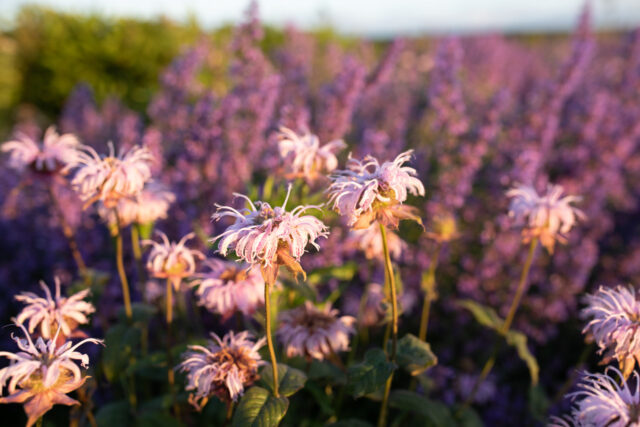
I had no idea just how many little creatures would feast on the remaining seed pods and make these wild spaces their home throughout the coldest months of the year.
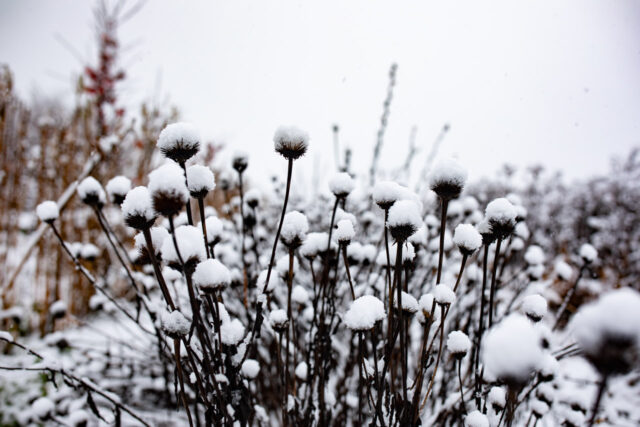
The plant skeletons give the winter garden a hauntingly beautiful quality—especially when they are covered in a layer of frost or a dusting of snow.
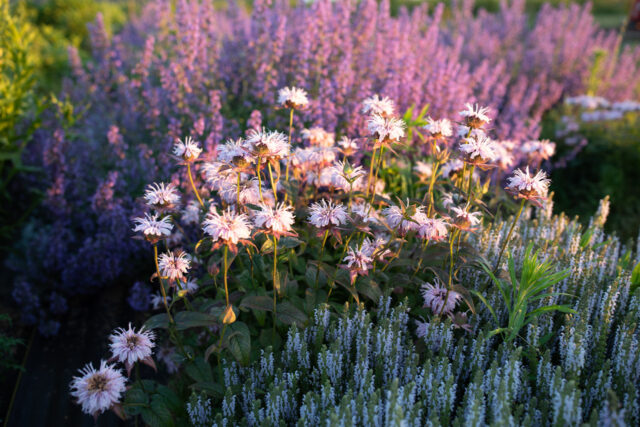
Most of the perennials that were used in this project were sourced from Bluebird Nursery in Nebraska. This wholesale mail-order nursery offers more than 1,500 different varieties.
If you’re looking for perennial plugs in smaller quantities, be sure to check out Prairie Moon Nursery in Minnesota because they are now offering native flowers and grasses for home gardeners.
I am so excited to keep exploring plantings for pollinators and will continue sharing updates here on the blog.
I’d love to hear about some of the pollinator-friendly plants that you have growing in your garden.
Please note: If your comment doesn’t show up right away, sit tight; we have a spam filter that requires us to approve comments before they are published.
Floret only lists companies and products that we love, use, and recommend. All opinions expressed here are our own and Floret does not offer sponsored content or accept money for editorial reviews. If you buy something using the retail links in this post, Floret may receive a small commission. Thank you for your support!
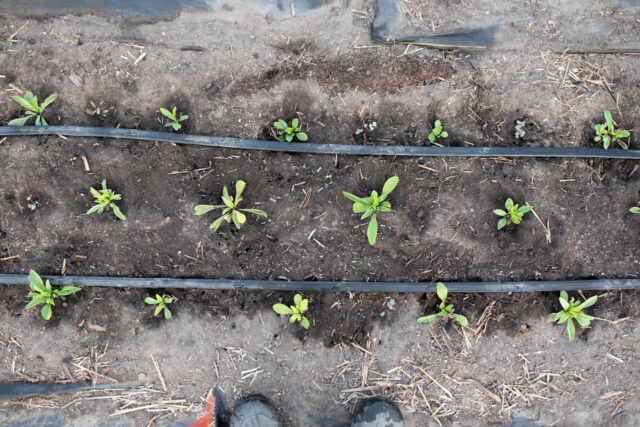
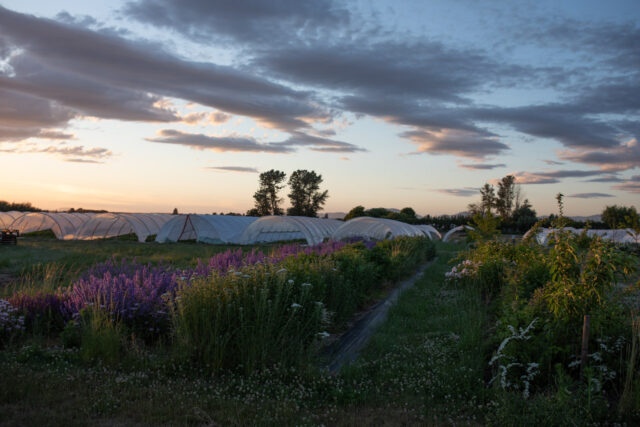
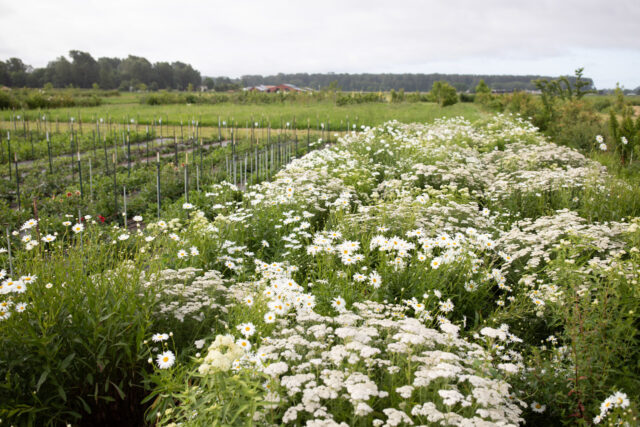
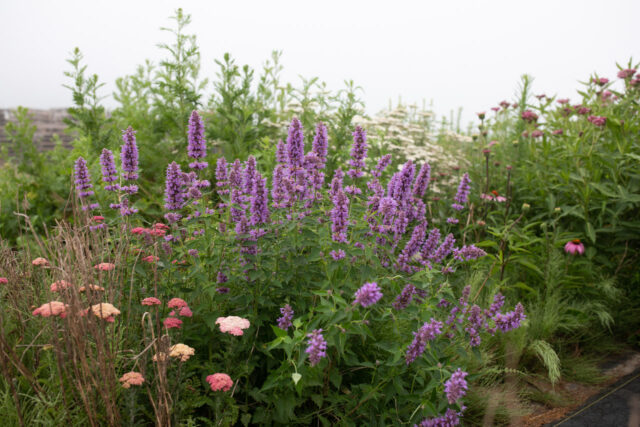
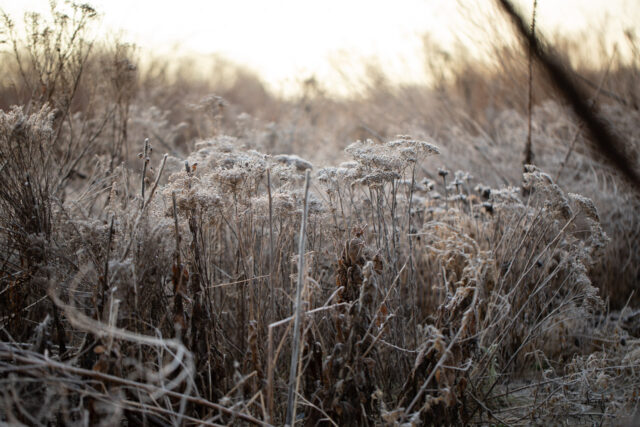
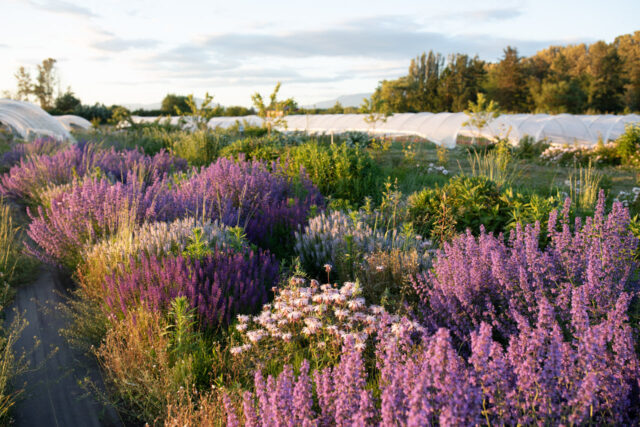
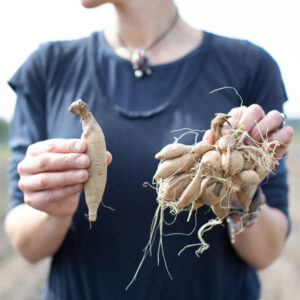

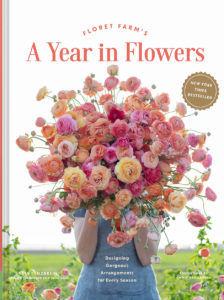
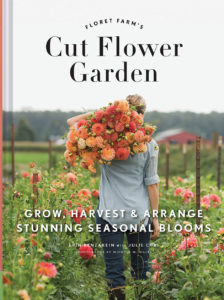


Kathryn on
Five years ago, we retired to a home with an empty yard and absolutely no flowers or wildlife, other moles and voles tunneling through our one tiny patch of “lawn.” Two or three battery-operated, strategically-placed, anti-vole stakes effectively convinced those varmints to move out! As we began to plant trees, shrubs, perennial and annual herbs and flowers, our barren outdoor space began to transform into an oasis for desirable wildlife. The biggest draw for pollinators was the biggest surprise! We noticed a huge increase in birds, bees, and butterflies once we added water features throughouayt the yard, including a birdbath and several fountains. Amazingly, our birdbath literally gets taken over by honey bees every summer as the weather gets warm in late June, and even hotter in July, and August!!! Numerous times we have watched bees actually dive in for a swim! All our pollinators and other critters seem to love having water available!